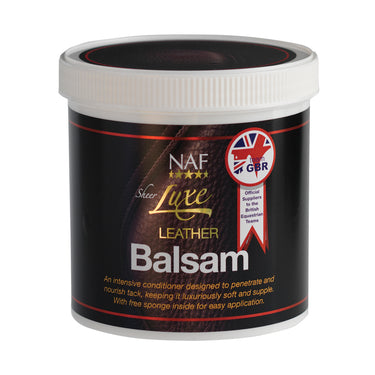When it comes to choosing the right bridle, many everyday riders in the UK are faced with more options than ever before. With anatomical shapes, flash straps, grackles and more, it’s easy to overlook one of the most traditional and versatile choices: the cavesson.
Simple in design but widely effective, the cavesson bridle has stood the test of time. Its practicality suits a wide range of horses and everyday riding situations, making it a valuable option for many riders.
A Simple, Proven Design
At its core, a cavesson bridle is defined by its plain noseband. It sits just below the cheekbones and wraps around the horse’s nose and jaw without additional straps. There’s no flash attachment or drop section – just clean, minimal construction that encourages clear contact without interference.
Because it doesn’t apply additional pressure to the jaw or restrict the mouth, the cavesson is best suited to horses who are already soft and settled in the contact. That might include experienced schoolmasters, youngsters in light work, or horses who don’t tend to open their mouths or cross their jaws under saddle.
When and Why a Cavesson Works
The cavesson is often seen in dressage and showing arenas, but it’s just as useful for general hacking, groundwork or flatwork schooling. With no extra straps to adjust or monitor, it allows the rider to focus on balance and communication through the reins.
Many riders pair it with a simple snaffle bit – a combination that promotes softness and encourages a relaxed frame. Of course, bit choice plays a role in how your horse responds through the rein, especially in terms of feel and contact. Subtle differences in design can change the level of responsiveness, so it’s worth finding a setup that suits both you and your horse.
Getting the Fit Right
The effectiveness of any bridle depends on fit, and the cavesson is no exception. A well-positioned noseband should sit about 1–2 fingers below the cheekbone, lying flat and snug – but not tight. You should be able to comfortably slide two fingers underneath.
Many modern Cavessons now feature padded or anatomical headpieces, which help reduce pressure around the ears and poll. If your horse has an unusually shaped head or is sensitive to certain areas, you might benefit from swapping out parts of the bridle to get a better fit. Adjusting elements like the browband, noseband or cheekpieces can make a big difference, especially if standard sizing doesn't sit quite right.
Looking After Your Bridle
Like all leather tack, cavesson bridles need regular care to stay soft, safe, and long-lasting. Cleaning away sweat and dust after each ride helps preserve stitching, while weekly conditioning keeps the leather supple. Balms and cleaners designed specifically for tack are best, as they won’t degrade the surface or dry it out over time.
Is a Cavesson Right for Every Horse?
While a cavesson is a great option for many, it may not be the best fit for horses who resist the bit or need more stability. If your horse tends to open their mouth, cross their jaw, or lean on the contact, you might find that a flash, drop, or grackle noseband offers more control and consistency.
That said, for horses who are comfortable, responsive, and straightforward in their way of going, the cavesson offers clarity without excess. It's a reliable choice that suits a range of everyday situations — from schooling sessions to relaxed hacks and everything in between.
Final Thought
Sometimes the simplest tack setup is the one that works best. The cavesson bridle remains a favourite for good reason – its simple, well-balanced design offers comfort, clarity, and a more natural connection between horse and rider. Whether you’re working towards softer contact, looking for a tidy show-day look, or just prefer a minimalist approach, the cavesson remains a quiet but effective staple.




